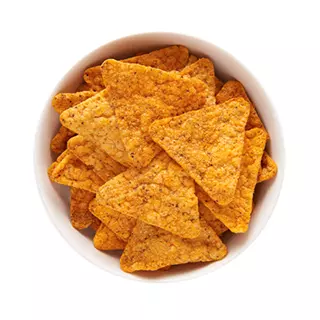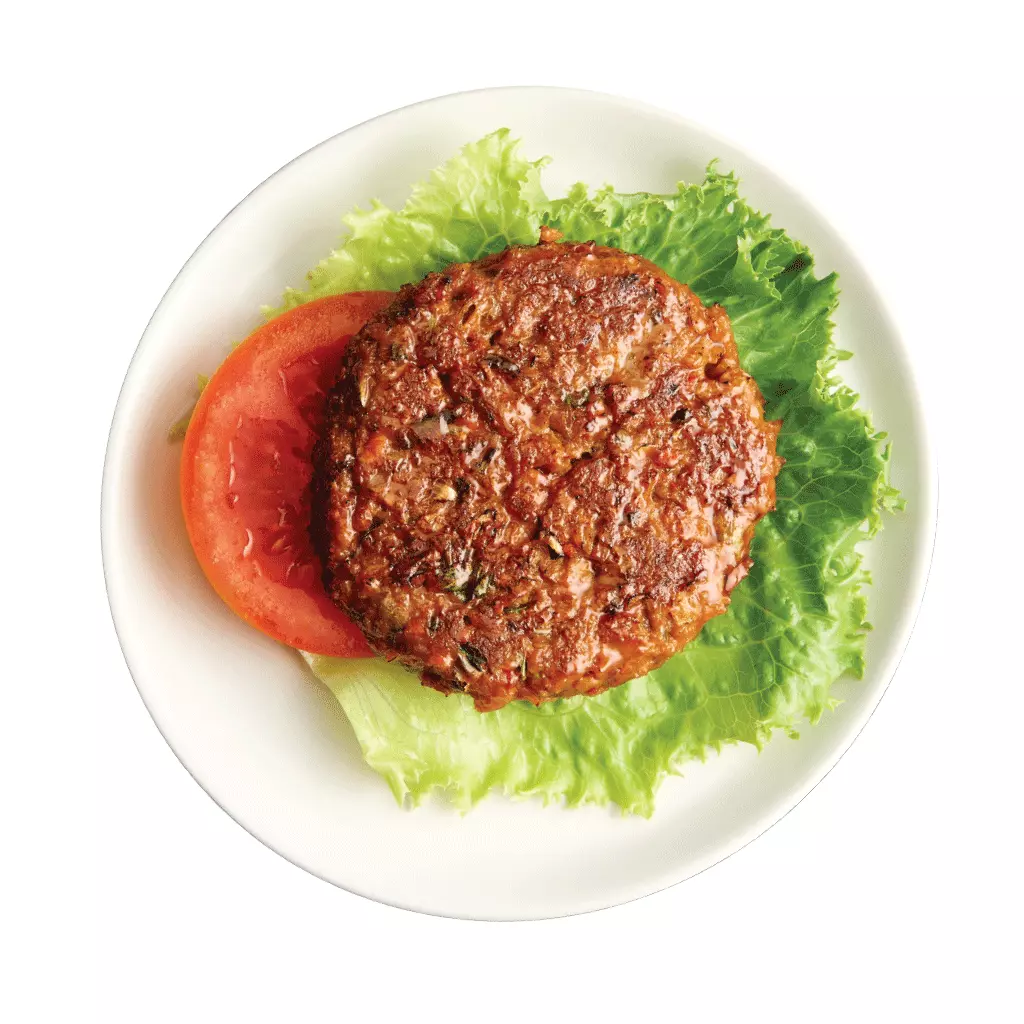There is a wide variety of diets out there promising to help you lose weight and live healthier. Some of them follow a low-carb diet approach, whereas others do not have carbohydrate restrictions. The most popular ones for weight loss include Paleo, Atkins, low-carb, Whole30, Ideal Protein, and Keto diet.
While all of these diets are strikingly similar, there are some differences between them. In this article, we look at these diets, their similarities, and how they differ so that you can figure out which approach is the best for you.
The Ketogenic Low-carb Diet
The Keto diet is a low-carb, moderately-low protein, and a higher fat diet. When followed correctly, it causes the body to use dietary fats and its own stored fat to produce energy instead of using glucose from a carbohydrate-rich diet. This state of the body is known as ketosis.
The ketogenic diet got its name from the ketone bodies (also known as ketones) it produces. Ketone bodies are a natural byproduct of the digestion of fat in the body. They are a more efficient fuel source than glucose and can power the brain and other organs in the body. You synthesize ketones when you cut down carbohydrate intake while following a low-carb diet and instead consume high fat and moderate protein levels.
The keto diet’s health benefits are weight loss, healthy aging, increased energy levels, improved brain health (neuroprotective), and increased lifespan. There is also a reduction in chronic inflammation (which is the main cause of several disease processes).
The Keto Diet in Short:
- Increase the intake of fat (70-85% of the diet)
- Keep carbohydrates very low (around 5-10% of diet)
- Keep protein moderate (10-25% of the diet)
- Uses ketones instead of glucose for energy
- Maintain nutritional ketosis (the level of ketones in the blood is around 0.5mmol/L or higher)
The Low-carb Food Pyramid of the Keto Diet:
- Top (a small percentage of the diet): meat, eggs, seafood, and berries)
- Middle (moderate percentage): nuts, seeds, and leafy green veggies)
- Bottom (largest percentage): Oils and fats, dairy and non-starchy vegetables
- Stay away from: processed carbohydrates, most fruit, processed foods, starchy veggies, all kinds of sugar (except keto-friendly sweeteners)
Some Benefits of the Ketogenic Low-carb Diet Include:
- Weight loss
- Enhanced cognitive functioning
- Balanced hormones
- Reduced anxiety and depression
- Improved fasting insulin
The Atkins Diet
The Atkins diet also follows the low-carb diet approach. As the name suggests, it was created by Dr. Robert Atkins, a cardiologist. He spent several years researching weight-loss methods that can help relieve hunger without the use of medication. In the 1970s, he published a book titled Dr. Atkins Diet Revolution, in which he recommended a low-carb diet plan.
Both the Keto and the Atkins diets are high in fat and low in carbohydrates. However, the difference is that while the keto diet includes moderate amounts of protein (15-20% of the total daily calories), the Atkins incorporates higher amounts of protein (a minimum of 30% of the daily calories). Moreover, many supporters of the keto diet consider it a “lifestyle,” while Atkins’ 2 phases focus followers on a weight loss diet.
The Atkins Diet in Short:
- Increase fat intake
- Keep carbohydrates low
- Keep protein high
- Mainly a weight loss program
The Atkins Food Pyramid:
- Top (minimal consumption): Whole-grain foods such as barley, oats and brown rice
- Middle (moderate consumption): Fiber-rich vegetables, berries, seed oils, cheese and other dairy products, nuts and legumes, cauliflower, asparagus etc.
- Bottom (the largest percentage of the diet): eggs, meat, dairy, and seafood
- Stay away from: sugar and sweeteners
Some Benefits of the Atkins Low-carb Diet Include:
- Reduced headaches
- Improved acne
- Increased weight loss
- Reduce symptoms of GERD (gastric reflux)
The Paleo Diet
The Paleo Diet is commonly referred to as the “caveman diet.” It is a diet that imitates how our ancestors ate food before contemporary farming started. We need to remember that the Paleo diet does not essentially follow a strict low-carb plan. Rather, it focuses on real, whole foods that would have been hunted and stored. It avoids legumes, grains, processed foods, and dairy products, regarded as inflammatory.
Like the Ketogenic lifestyle, most people who follow the paleo diet consider it a healthy lifestyle. The diet is followed by individuals who are not just trying to lose weight but also want to improve their overall health.
However, Paleo differs from Keto because it allows for higher amounts of carbohydrates, including maple syrup and honey. Both Paleo and Keto can be healthy or equally unhealthy, depending on the person’s approach. Usually, people who follow “unhealthy” Paleo consume a large number of fruits and approved sweets like honey, instead of focusing on real whole foods only.
The Paleo Diet in Short:
- Eat “as cavemen did”
- Cut out processed foods from the diet.
- Regarded as a healthy lifestyle
- Doesn’t need to emphasize the low carb diet
- Emphasizes food quality rather than macronutrients
The Paleo Food Pyramid:
- Top (minimal consumption): fruit, honey, maple syrup, and starchy vegetables
- Middle (moderate use): nuts, seeds, and non-starchy vegetables.
- Bottom (the largest percentage of the diet): meats, eggs, seafood, fats, and avocados
- Stay away from: grains, legumes, dairy, and refined sugar
Some Benefits of the Paleo Diet Include:
- Increased energy
- Promotes gut health
- Increased weight loss
Whole30
Whole30 is a diet plan developed by Mellissa Hartwig, a certified sports nutritionist specializing in helping people create a healthy relationship with food. Like the Paleo diet, it too doesn’t follow a typical low-carb approach. It is a program of strictly consuming “real whole food” for 30 days.
The idea behind Whole30 is that legumes, grains, dairy, and sugar can affect our digestive health, skin health, glucose balance, and our ability to shed weight. These foods are cut out from the diet, in addition to seasonings and sauces for a whole 30 days.
Similar to the ketogenic diet, Whole30 does not allow for sweeteners and sugar. However, those on the Whole30 diet can consume starchy vegetables. Whole30 does not aim to kick the body into ketosis but lower the cravings for sugar and consume whole foods for 30 days to enhance health biomarkers and overall health.
Whole30 in Short:
- Consume real, whole foods for 30 days
- Avoid sugar and sauces for 30 days
- Avoid all packaged or processed foods for 30 days
- No need to keep a constant watch for low carbs while on this diet
The Whole30 Food Pyramid:
- Top (minimal consumption): seeds, nuts, berries, and starchy vegetables
- Middle (moderate consumption): non-starchy vegetables
- Bottom (the largest percentage of the diet): eggs, seafood, meats, and green vegetables
Some Known Benefits of the Whole30 Diet Include:
- Increased energy
- Increased weight loss
- Enhanced mental clarity and focus
- Better athletic performance
The Ideal Protein diet
Ideal Protein is a medically designed low-fat, low-carb, ketogenic program that results in rapid loss of body fat while preserving lean muscle mass. The three-phase protocol was created over 26 years ago by a French physician, Dr. Tran Tien Chanh, for Olympics athletics who want to shed fat without losing muscle before their training season or matches for those needing to meet weigh-in goals.
It is worth mentioning that BioIntelligent Wellness also offers the Ideal Protein approach for weight loss. Apart from a dozen reasons why Ideal Protein is a better option, it also helps to reduce the need for prescription drugs.
Ideal Protein Phase 1
During Phase 1, the diet aims to force the body into the “ketosis” state. During this time, your body relies mainly on its own stored fat – instead of carbohydrates– for energy. Unlike the other diets, we are discussing the Ideal Protein protocol and not a DIY program.
Thus, Ideal Protein includes the support of a weight loss clinic as well as a coach. Also, while on the first two phases of the diet, one will consume 3-4 Ideal Protein products daily. These highly bioavailable, protein and fiber-rich foods contain low amounts of carbohydrates and fat.
Most people opt for Ideal Protein if they are looking for the best way to lose weight on a low-carb diet. On average, we see people losing 2-5 pounds of weight per week, and they lose mainly body fat while maintaining their muscle mass.
Ideal Protein Diet Phase 2
Once the weight loss goal is achieved, the dieter will transition to Ideal Protein Phase 2, focusing on stabilizing the weight loss by increasing calories while maintaining weight. Many dieters will continue to lose a little more fat during this stage.
More importantly, during Phase 2, we introduce carbohydrates back into the diet. This distinction is important and distinguishes Ideal Protein from other low carb and ketogenic diets.
Ideal Protein believes the reintroduction of carbohydrates (in balance) is essential to retraining the pancreas to secrete insulin properly. The overproduction of insulin combined with low depletion levels is the reason behind weight gain for most people today.
Ideal Protein Diet Phase 3
Once the weight is stabilized in phase 2, the dieter transitions to Phase 3 and focuses on creating a healthy lifestyle rather than dieting. At our Ideal Protein clinic, we believe weight loss has two distinct contracts – one to lose weight, and second, learning how to maintain it. Phase 3 focuses on learning to create a healthy, balanced lifestyle, eliminating the need to go back on or live on a diet.
Ideal Protein in Short:
- Keep carbohydrates low during the weight-loss phase (between 25g – 45g net carbs daily)
- Eat “ideal” amounts of high biological value proteins.
- Keep dietary fat low to burn stored fat more quickly.
- Phase 1 of the Ideal Protein is primarily a weight loss diet.
- Stay away from nuts, fruits, soda, root vegetables, legumes, grains, alcohol, junk foods, etc.
Some Benefits of the Ideal Protein Low-carb Diet:
- Losing weight quickly
- Thorough monitoring of weight loss graph with your Ideal Protein coach and clinic
- Virtual assistance of the Ideal Protein clinic
- Improved glycemic control
- Reduces the levels of fasting blood insulin
- Improves insulin sensitivity
- Reduces heart disease risk factors like high blood pressure and high cholesterol
- Eliminates fatty liver
Bottom line
As you would have noticed, there are several similarities and differences between ketogenic and other popular diets reviewed above. Some of them maintain a proper low-carb diet, though others do not. Some diets such as Ideal Protein would require the assistance of a weight loss clinic and experienced coaches.
However, most of these eating plans involve eliminating processed carbs from the menu and steering clear of sweeteners and sugars.
Each of the dietary paradigms has its advantages, depending on your goals.
If you’re wondering which program suits you best to lose weight as well as maintain it, schedule a complimentary consultation or call at 858-228-3644 to get in touch.







